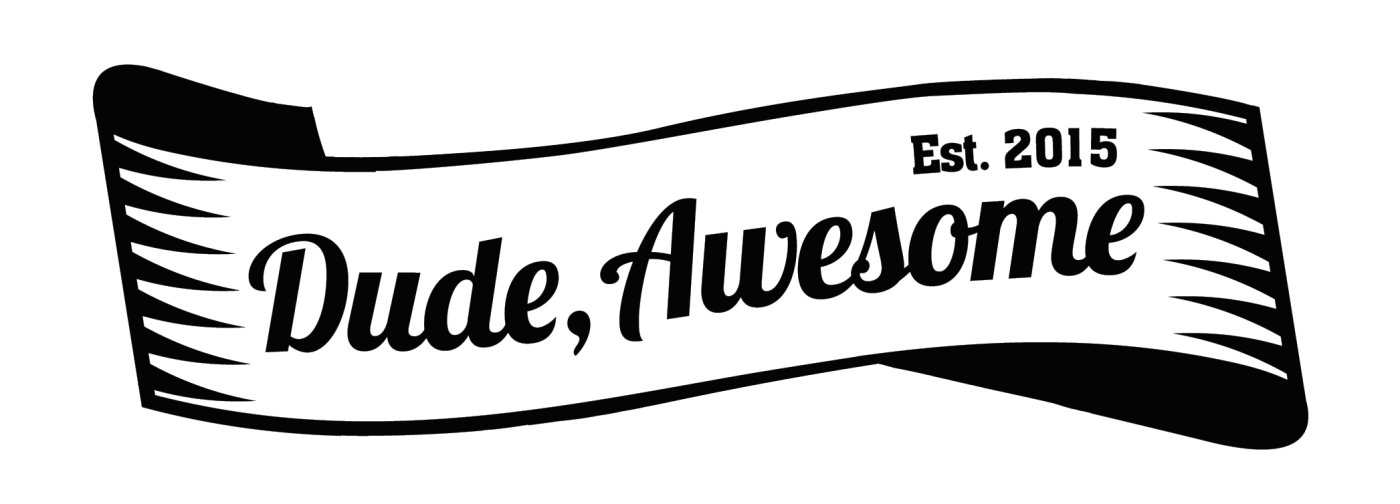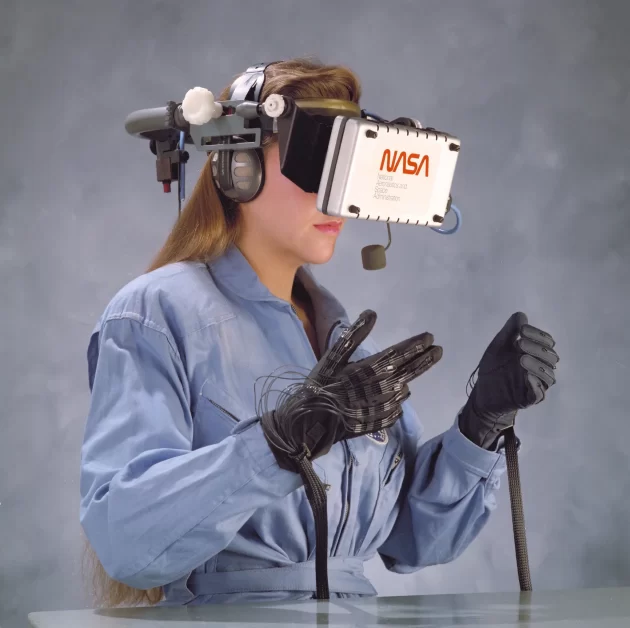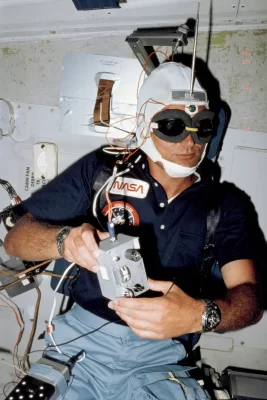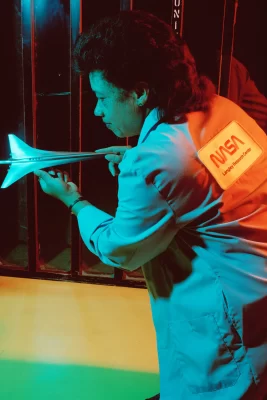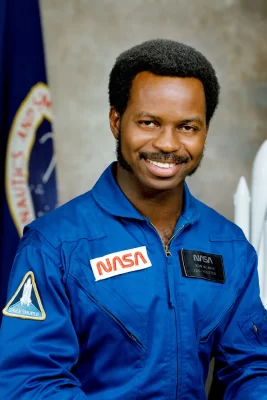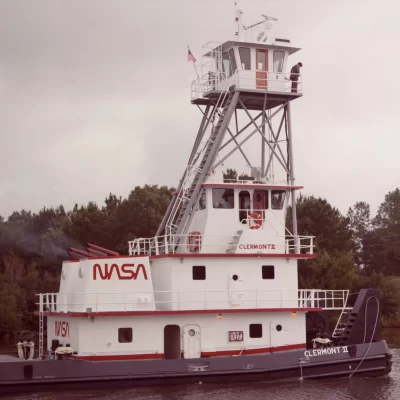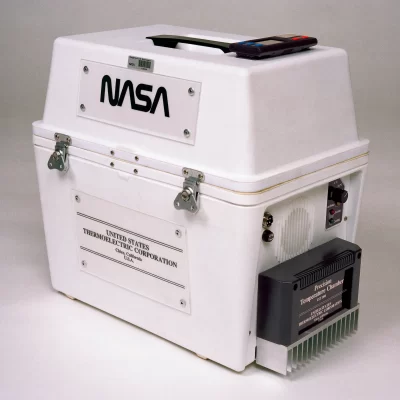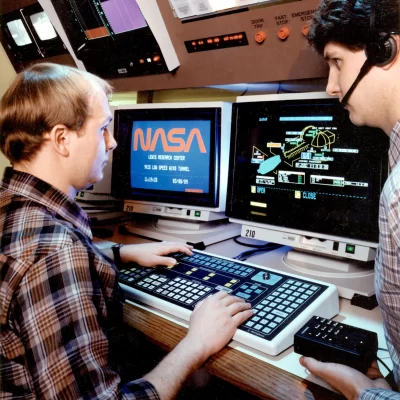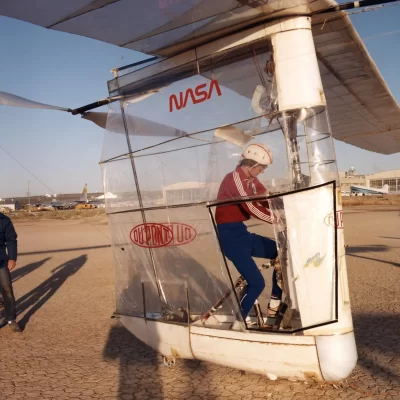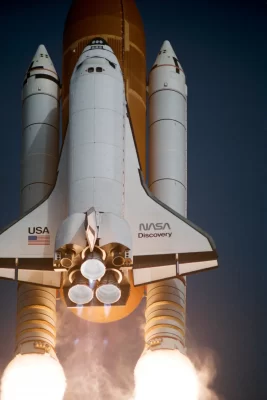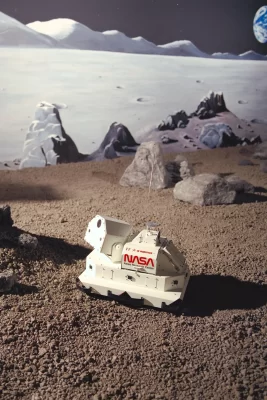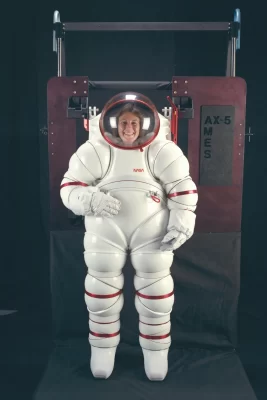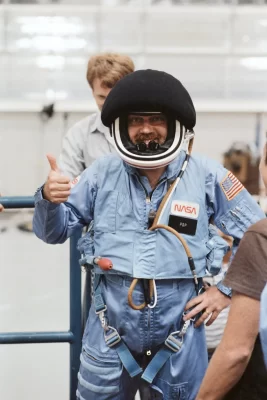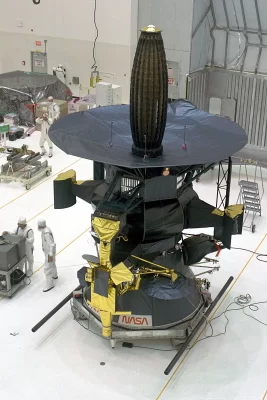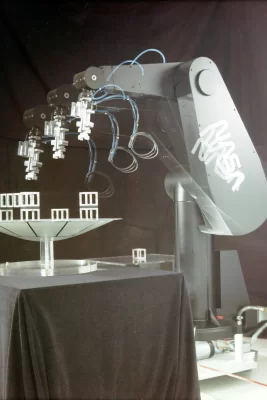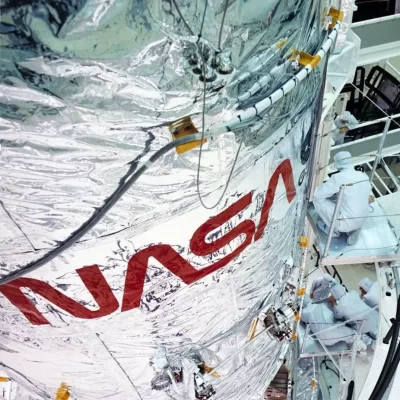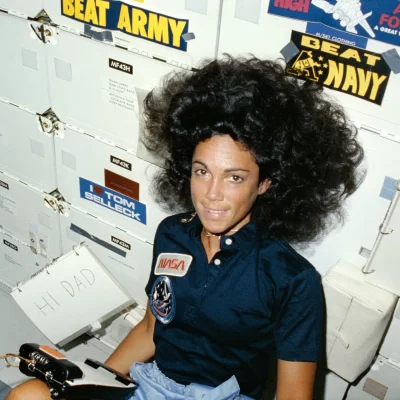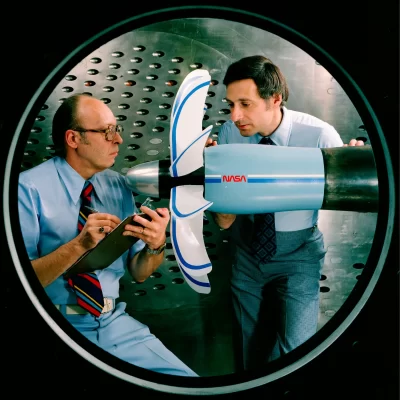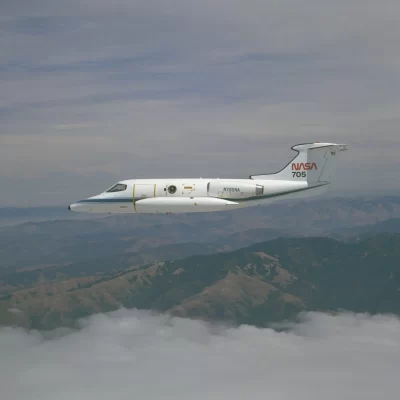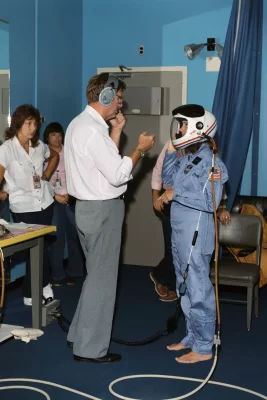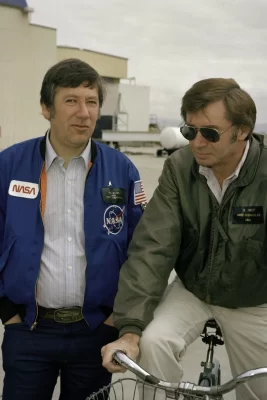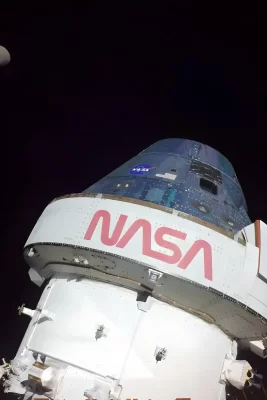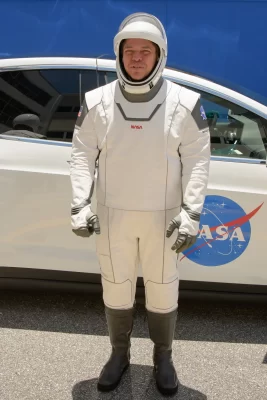Diversions
How NASA Learned to Love 4 Squirmy Letters
Many years after consigning it to design limbo, the space agency commemorates a logo it affectionately dubs “the worm.”
In the previous month, NASA hosted a celebration at its Washington headquarters to honor the contributions made by Richard Danne nearly fifty years ago.
Mr. Danne, who did not specialize in astronomy and never engaged in rocket construction, collaborated with design partner Bruce Blackburn to create one of NASA’s most iconic elements: the “worm” logo. This distinctive design features the acronym N-A-S-A presented in bold, flowing, orange-red letterforms.
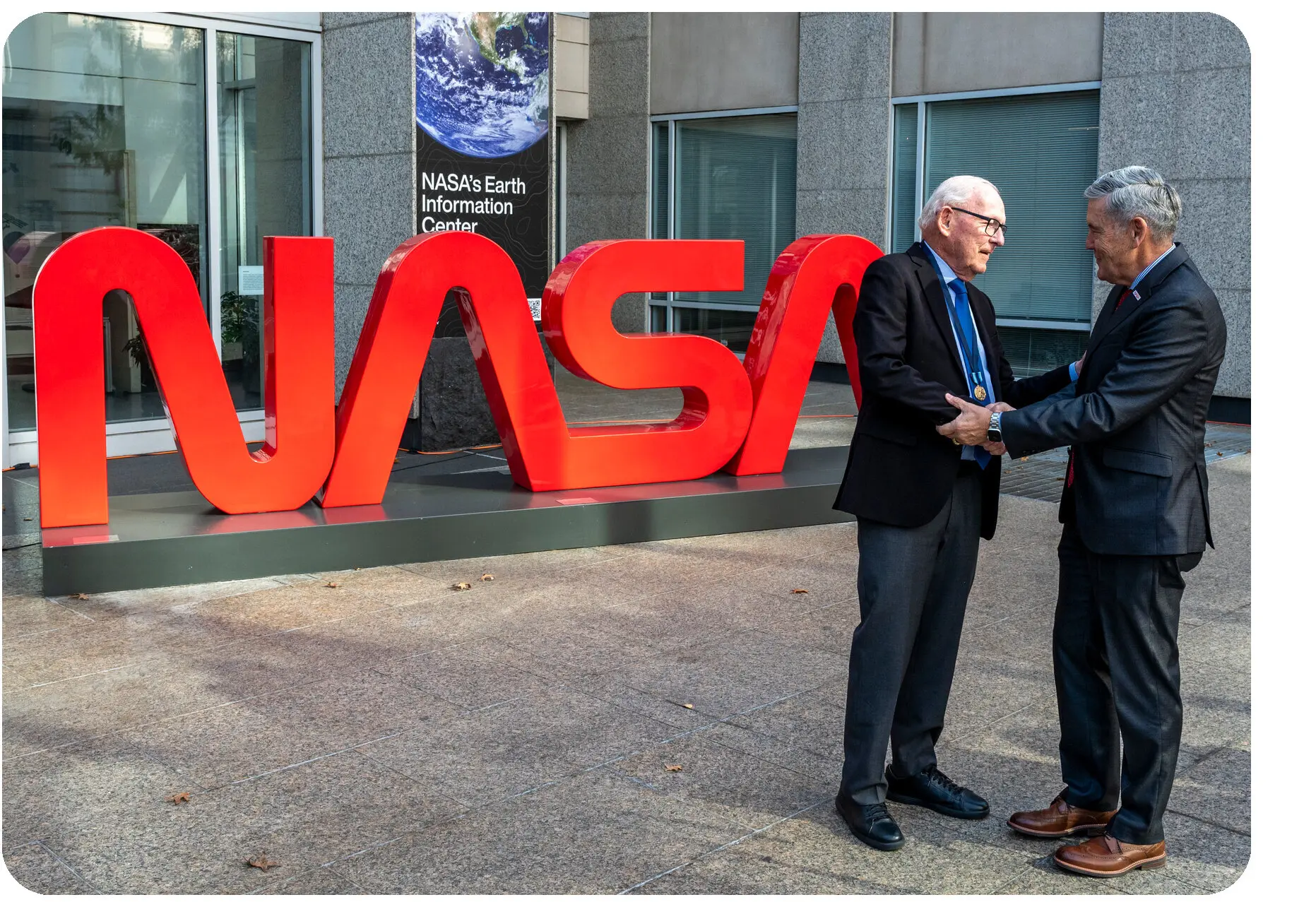
Richard Danne, left, shakes hands with NASA Associate Administrator Bob Cabana. Credit.
Keegan Barber/NASA
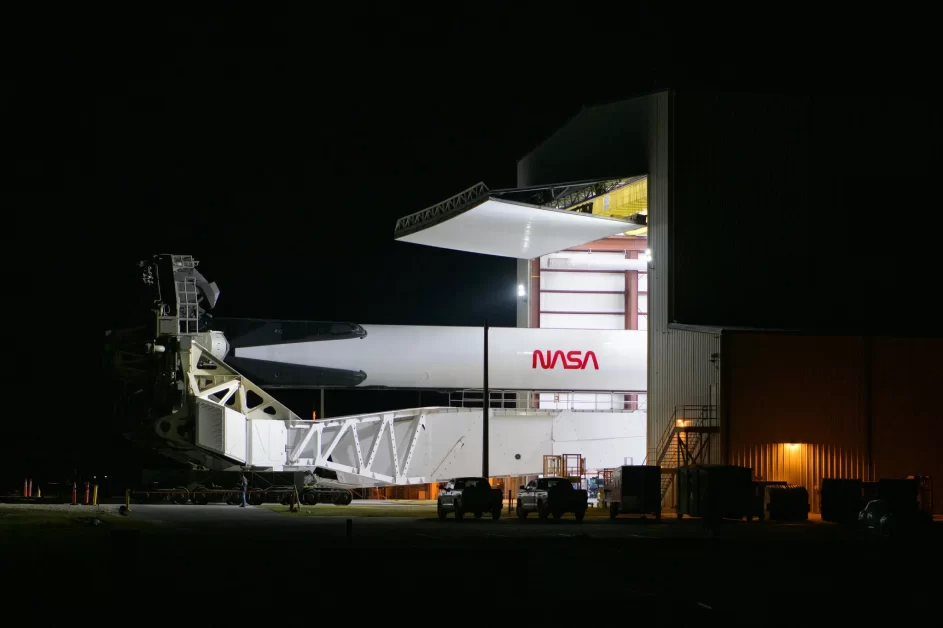
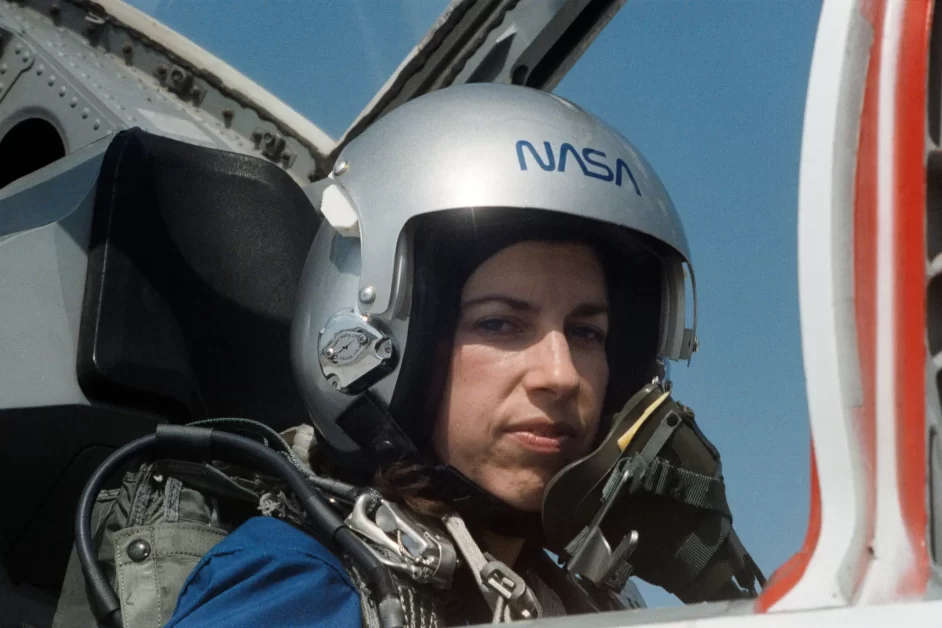
The worm logo, discarded by NASA over 30 years ago in favor of the original “meatball” design, has made a resilient comeback. Marked by its clean and futuristic appearance, the worm has undergone a renaissance, gracing the exteriors of spacecraft, adorning T-shirts, sneakers, and various souvenirs. This resurgence reached new heights during the summer, manifesting as a three-dimensional, massive sculpture in front of NASA headquarters—a picturesque backdrop for tourist snapshots. At 89, Mr. Danne, the logo’s designer, expresses his delight in being part of contemporary pop culture.
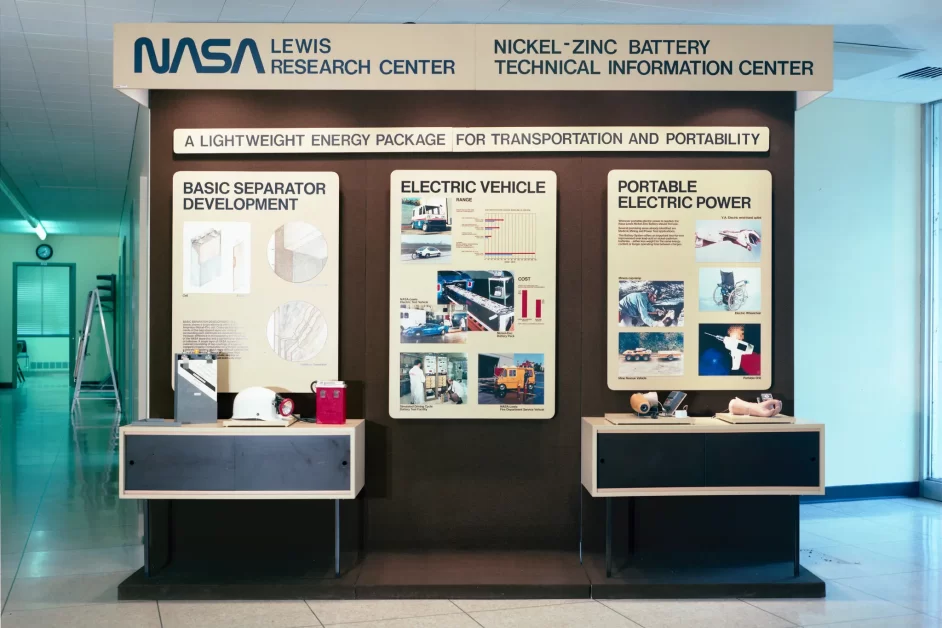
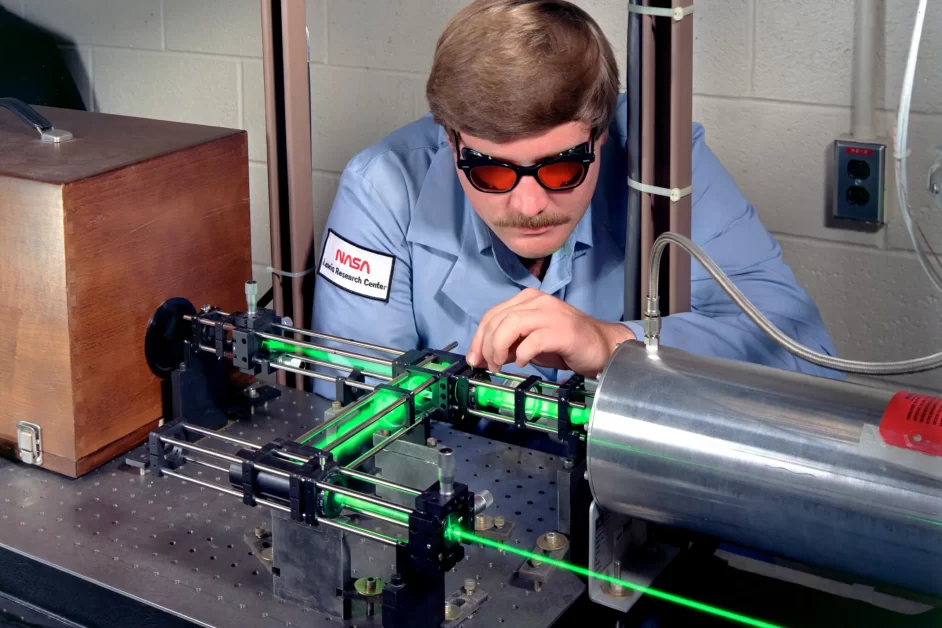
Examine some of NASA’s recent spacecraft, such as the Orion capsule that orbited the moon last year, and you’ll encounter an intriguing blend of the two logos.
“Some might say they come from different planets,” remarked David Rager, NASA’s creative director, during last month’s event celebrating Mr. Danne and the worm.
For five decades, the space agency exclusively featured one logo or the other. The meatball logo became NASA’s emblem in 1959, a year after its establishment, and adorned Neil Armstrong’s spacesuit during the historic moon landing in 1969.
The worm, born in the ’70s, emerged when the design firm Danne & Blackburn secured a contract from the National Endowment for the Arts. Mr. Blackburn, renowned for designing the symbol for America’s bicentennial celebration, crafted a futuristic rendition of the four letters in NASA. The two As, lacking crossbars, evoked rocket noses or engine nozzles.
“It was extremely simple,” Mr. Blackburn noted in 2015 (He passed away in 2021). “It was direct.”
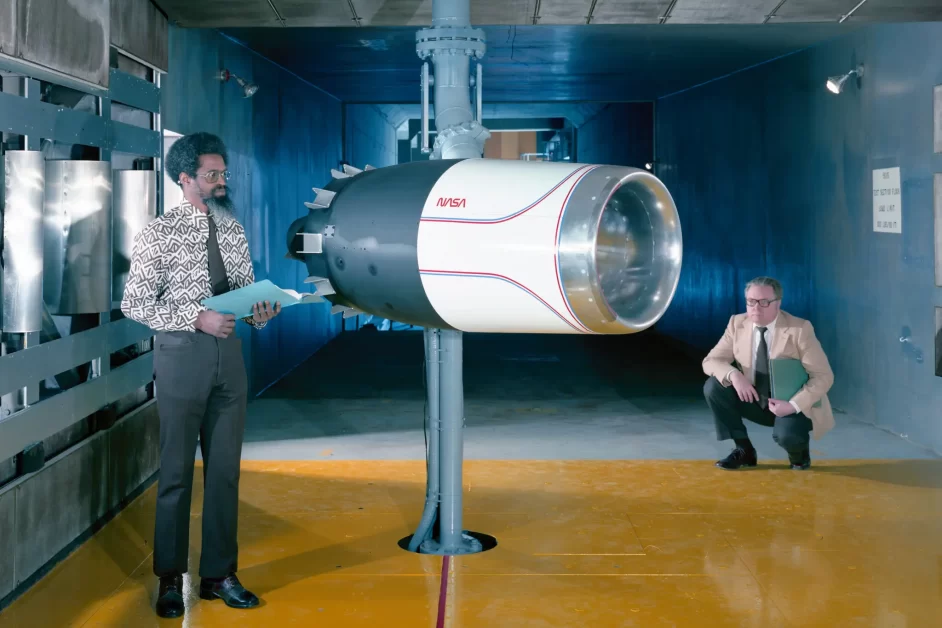
The contribution made by Mr. Danne and Mr. Blackburn to NASA transcended the creation of a mere four-letter logo. In addition, they compiled a comprehensive guide outlining dos and don’ts – covering the appropriate dimensions and usage of the logo, the placement of accompanying text, and the precise shade of red. This graphics standards manual aimed to establish a unified visual identity across the agency and its various centers nationwide.
Mr. Danne highlighted the absence of such guidelines before their redesign, emphasizing the prior inconsistency in language and appearance across NASA’s publications and forms. The duo dedicated considerable effort to visually streamline NASA, revamping forms for conciseness and clarity, resulting in cost savings on printing. They introduced standardized layouts with limited font combinations, facilitating a quicker publication process.
As Mr. Danne noted during the panel discussion, the enhanced aesthetics were a welcome bonus to the overall improvements.
However, a significant number of NASA employees harbored strong disdain for the worm logo, believing that the meatball, symbolizing the triumphs of the Apollo program, had been discarded in favor of something sterile and devoid of soul.
Following the tragic loss of the Challenger space shuttle and its seven-member crew in 1986, coupled with early issues plaguing the Hubble Space Telescope and its out-of-focus mirror, morale within NASA plummeted.
In 1992, Daniel S. Goldin, appointed as NASA administrator by President George H.W. Bush, aimed to reignite the enthusiasm reminiscent of NASA’s early days and declared the revival of the meatball. His farewell to the worm bore resemblance to the soliloquy of a movie villain about to vanquish the hero.
“Slowly it will die,” Mr. Goldin proclaimed to an applauding audience at NASA’s Langley Research Center in Virginia, “and never be seen again” (The South Florida Sun Sentinel headline read: “Worm Turns: NASA Junks Despised Logo”).
Yet, the worm endured and never completely faded away.
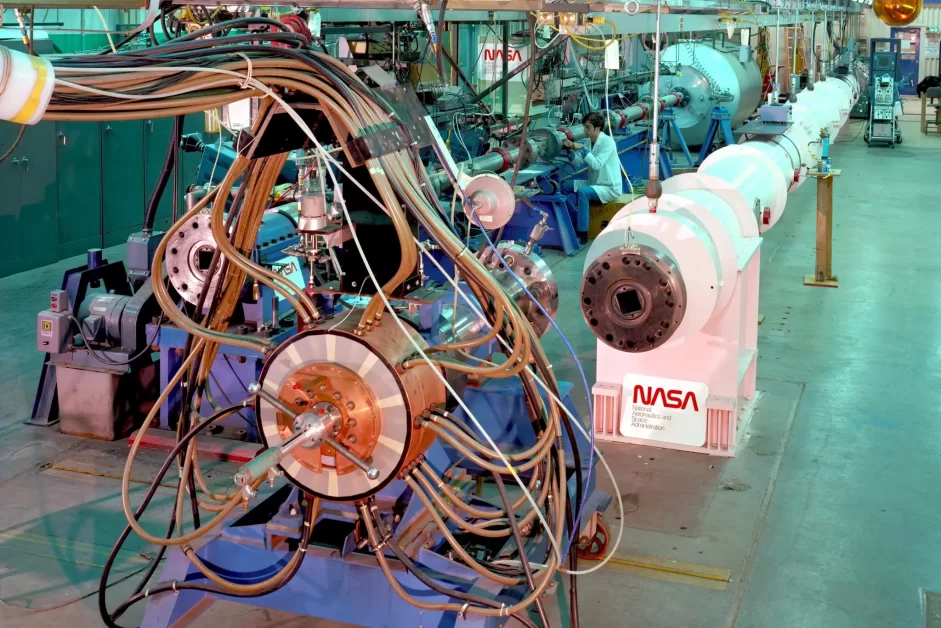
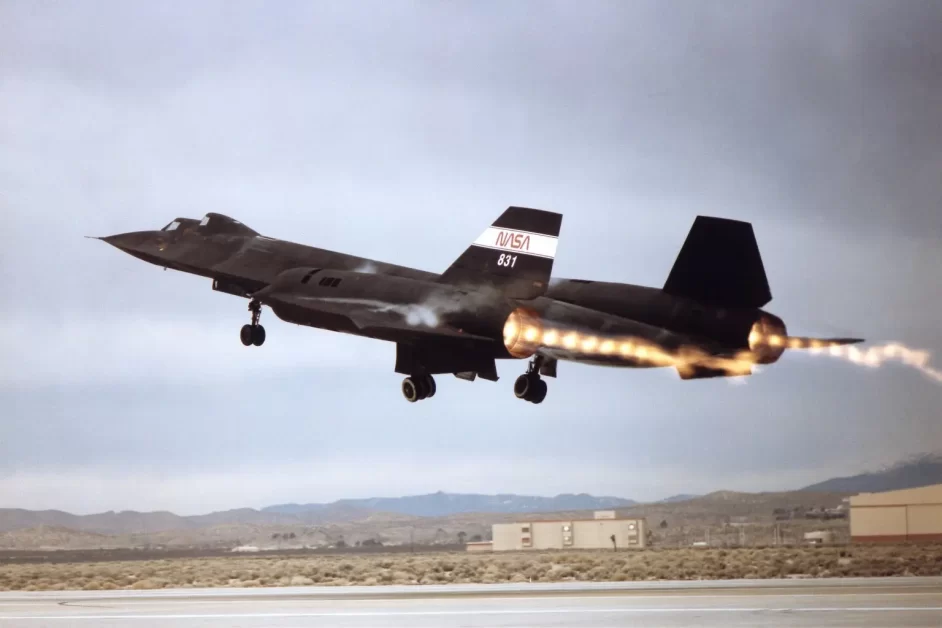
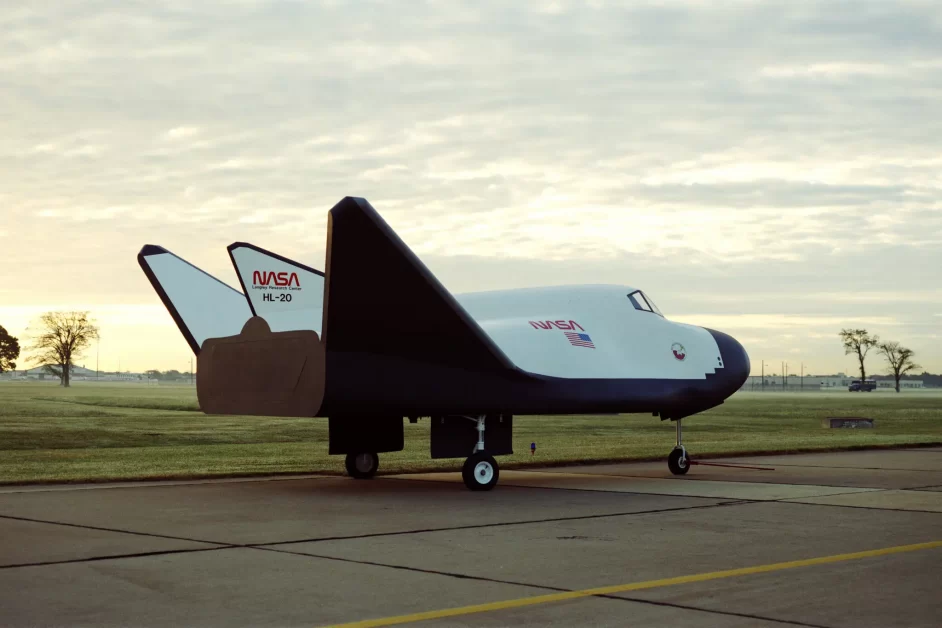
In 2020, NASA reintroduced the worm into space aboard the SpaceX Falcon 9, marking the first American rocket to carry astronauts into orbit since the retirement of the space shuttles.
Much like Mr. Goldin anticipated that the revival of the meatball would evoke nostalgia among NASA employees longing for the Apollo era, Jim Bridenstine, the NASA administrator in 2020, believed the return of the worm would be a source of inspiration. For those like him, who grew up with the worm as the iconic NASA logo, Bridenstine expressed his fondness for it. As of now, both the worm and the meatball coexist, with the latter remaining NASA’s official insignia.
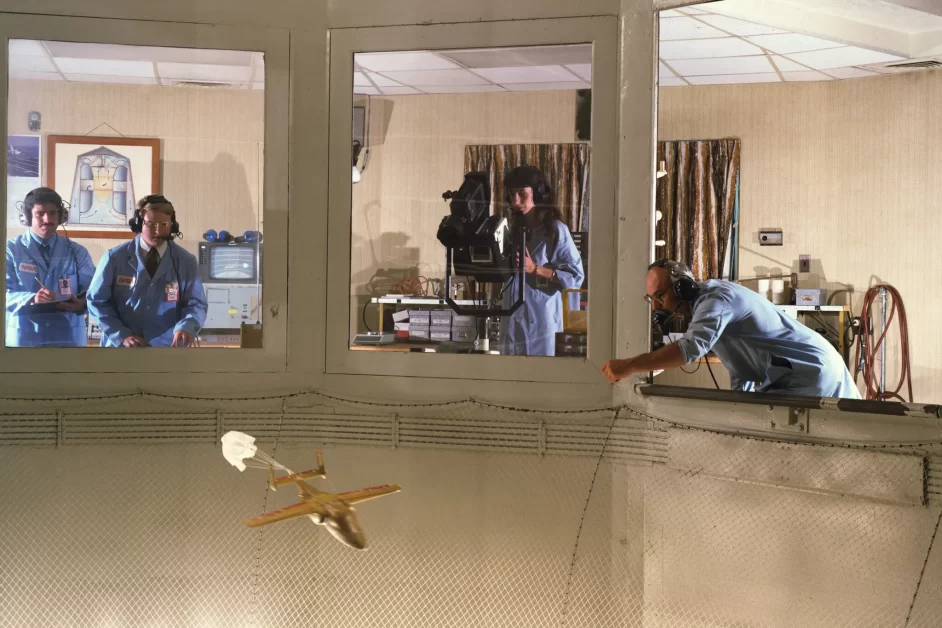
The agency formed a committee, which included Mr. Danne and Mr. Rager, both then employed at NASA’s Jet Propulsion Laboratory in California, to devise a strategy for the harmonious use of the logos.
The utilization of the worm remains restricted, serving as a “supporting element to our insignia,” according to Mr. Rager. Permission is required for its use, typically reserved for applications where its impact is bold and substantial.
On the Orion spacecraft, the worm featured prominently on the adapter ring, positioned between the capsule and the service module responsible for propulsion and power. Meanwhile, a small meatball adorned the capsule beside the American flag.
Mr. Rager emphasized that the meatball exudes a governmental agency’s weighty logo, instilling a sense of authority and connection to legacy. However, due to its intricate design and multiple colors, the meatball may not be easily recognizable at a distance. In contrast, the worm offers a straightforward and easily identifiable graphic, creating a balanced visual representation when paired with the meatball.
Mr. Bierut, a panel participant last month, has undergone a change of heart regarding the meatball logo. “If you Google me on this topic, you’ll find me strongly criticizing the meatball as a terrible logo,” he remarked. “However, I have revised my thinking since then.”
The meatball originated from a culture akin to that of the armed forces. “The notion that the insignia, as a patch, signifies allegiance to colleagues and the mission is crucial,” Mr. Bierut emphasized.
While Mr. Danne still harbors reservations about the meatball, he takes pride in the worm’s return, finding contentment in the coexistence of the two logos. “They’re quite distinct,” he noted. “We’ve found a way to make it work. Is it perfect? Perhaps not. But it’s close to being good, and it has satisfied everyone, so I can’t argue with that.”
Mr. Rager noted a shift in perspectives at NASA, where the divisive “meatball vs. worm” debate has diminished since the reintroduction of the worm. “Now that the division isn’t as pronounced, people are appreciating both,” he observed.
Photographs from the NASA archives and “The Worm,” a monograph published by The Standards Manual, 2020.
Produced by Antonio de Luca and Matt McCann.

